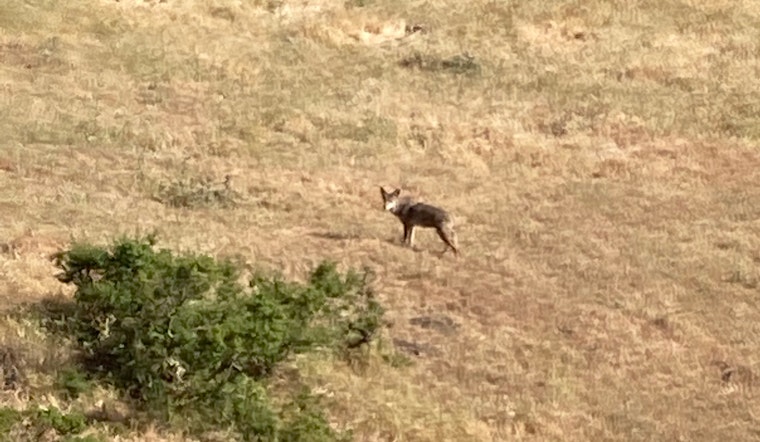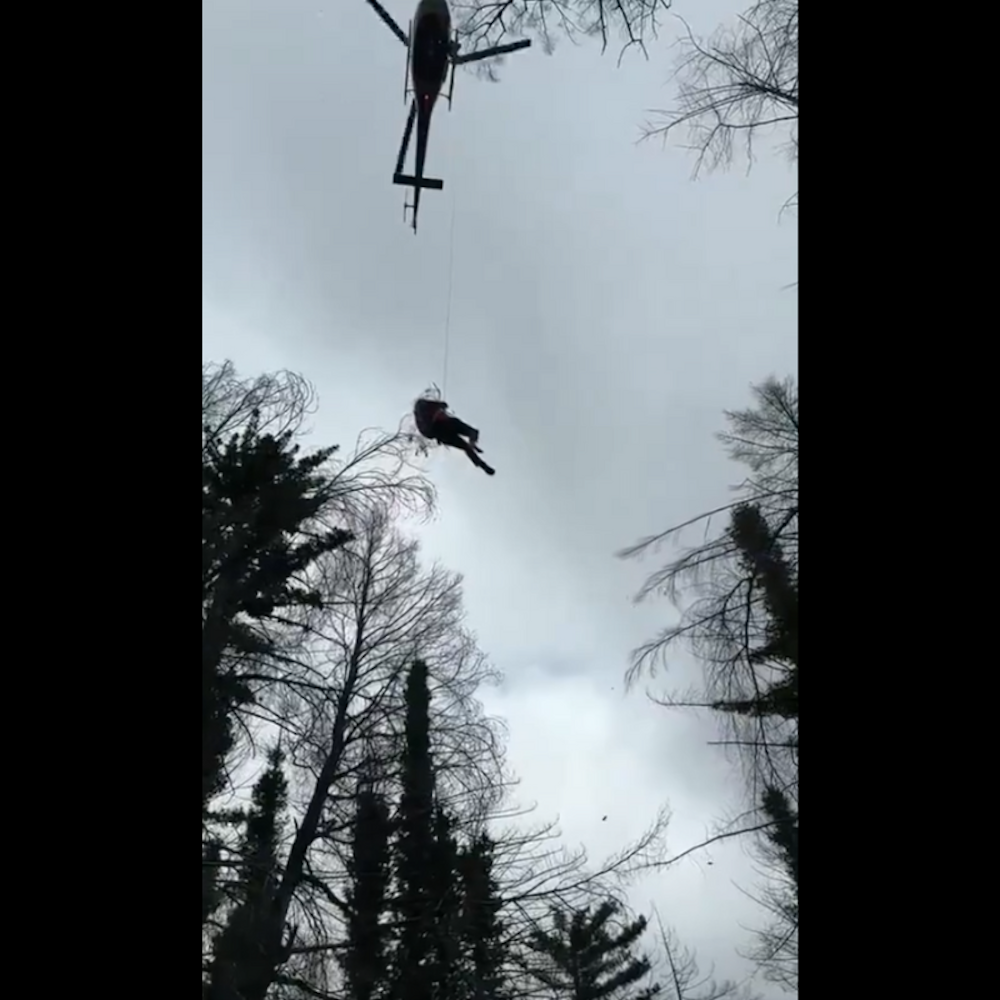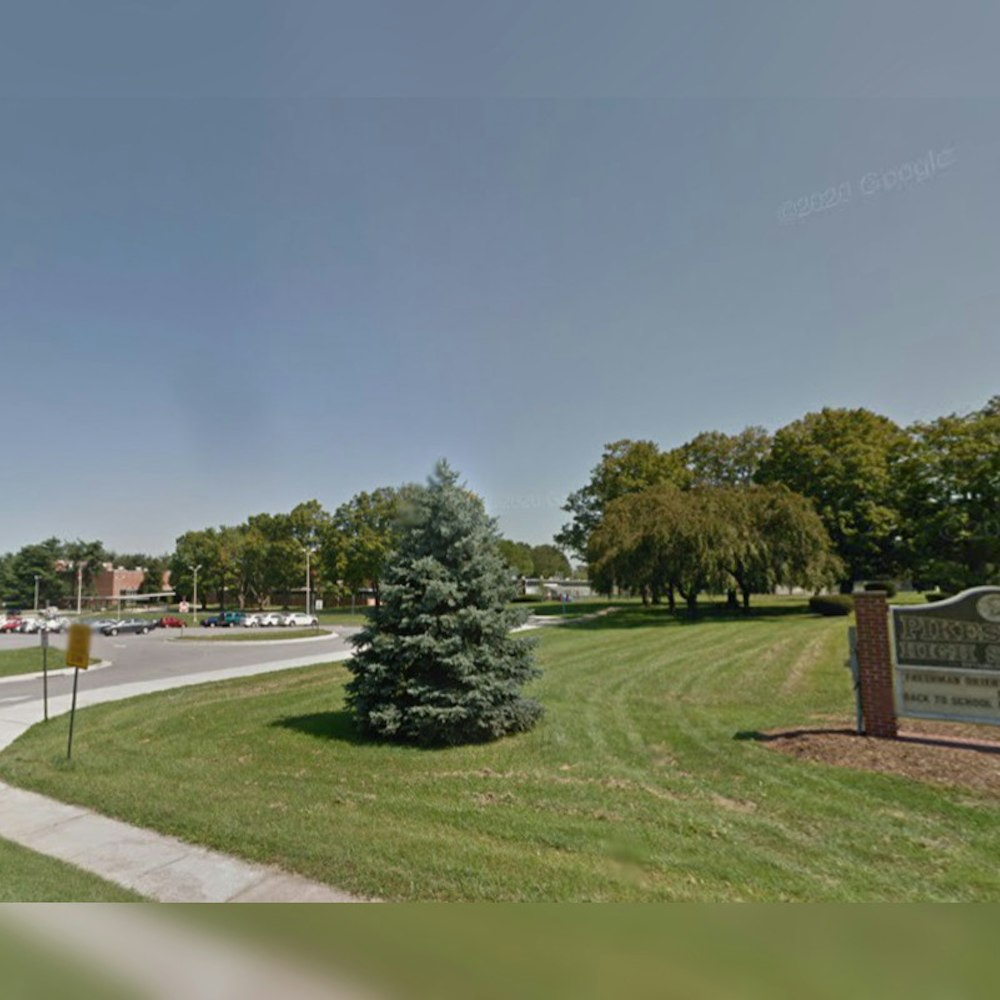
Early in the pandemic, heartwarming reports of wild animals reclaiming temporarily abandoned urban areas proliferated. But the truth is that sharing living space with wild animals is challenging, as numerous clashes with coyotes around the Bay Area this year have highlighted. Some of these native predators have been killing small pets, one charged toddlers in San Francisco, and one particularly aggressive coyote bit five people in the East Bay.
Some residents of the East Bay hills are getting so fed up with increasingly bold coyotes going after pets that one bereaved cat owner briefly offered a $250 bounty for dead coyotes before withdrawing it when California's Department of Fish and Wildlife warned him it was illegal.
Messages have been flying on neighborhood-based social-media site Nextdoor, with residents in Berkeley, Kensington, and other hillside areas reporting coyote attacks on pets, sightings of coyotes running with cats in their mouths, and encounters with aggressive coyotes that didn't back down easily. There have been stories of dead cats, people chasing away coyotes mid-attack and pets rushed to the ER. Some posts include photos of the coyotes or pets; one photo showed large amounts of cat fur scattered across the street after the cat was reportedly killed by a coyote. Increasingly outraged residents have urged action from local officials and circulated petitions, with rhetoric getting heated at times as other residents pushed back.
“As a city Berkeley has clearly lost the will, no doubt in part because of the cost,” Hadley Louden of Berkeley wrote in a post quoted by Berkeleyside after he said his cat was killed by a coyote. “That’s why we are offering a $250 Reward Offered for all Dead Coyotes!”
The killing of Louden's cat, and his post about a reward, were the culmination of escalating encounters that the Berkeley man and other East Bay hills residents had been posting about for some time.
A representative of the Fish and Wildlife Department, which Louden had already been in touch with over the previous encounters, informed him that the offer broke state law, and Louden modified his post in response, according to the outlet. Louden told the paper that his reward had been intended as "compensation for professional trapping services performed within the law."
Coyotes are naturally timid, according to experts. If the animals aren't easily scared off by people, it can be a sign they've lost their natural fear of humans. "When a coyote fails to exhibit fear of humans or acts aggressively, the animal should be reported as soon as possible to the appropriate officials," advises the Urban Coyote Research Project. Examples of aggressive behavior include agitated and unprovoked barking, raised hackles, snarling, growling, and lunging.
As urban sprawl increases and coyote habitat shrinks, the animals naturally come into increasing contact with people and pets, a situation easily exacerbated when drought makes food and water harder to find. Hungry coyotes and those habituated to humans may view small pets as prey, but experts say that the animals are likely first drawn to an area by other food sources, such as pet food or edible garbage left outside.
Coyote attacks on people are rare — the Humane Society that more people are killed by errant golf balls or champagne corks each year than are bitten by coyotes — but certainly not unheard-of. In March, Fish and Wildlife killed a coyote in Moraga that had bitten three adults and two children over the previous months. In July, officials killed a coyote in San Francisco that had charged toddlers on a number of occasions, although it had never bitten anyone.
The discussion of how best to coexist with coyotes can get divisive, with some urging more aggressive control and others arguing against trapping or killing the animals. Moraga Police Chief Jon King told KGO that dealing with the coyote there that bit five people was challenging.
"There were a lot of people who thought we should be shooting every coyote that we saw even if it was trotting down a neighborhood street and there were others who didn't want us to harm a hair on one's head. So trying to strike the balance and maintain neighborhood safety was at times a difficult undertaking," King told the outlet.
But all experts seem to agree on one thing: People feeding coyotes, either intentionally or unintentionally by leaving out garbage or pet food, is a major source of trouble.
For example, animal control officers blamed people feeding coyotes in San Francisco for the behavior of the coyote that charged toddlers in the city. "It saddens us that this outcome was 100 percent caused by humans feeding and befriending this animal," San Francisco Animal Care and Control executive director Virginia Donohue told KTVU after the animal was euthanized. "We implore people to stop feeding wild animals."
Advice from organizations ranging from Fish and Wildlife to the Humane Society encourages people to attempt to reinstill a fear of humans in coyotes by "hazing" them — yelling at them, throwing things, and generally trying to scare them off, the method employed by the so-called "bear whisperer" of Southern California to keep residents safe from bears without having to kill them. (See Hoodline's compilation of expert advice for dealing with coyote encounters.)
Residents say this may not always work with some coyotes, however. Louden said coyotes stalked his pets for weeks before one finally killed his cat, describing encounters in which he attempted to haze them and scare them off by throwing rocks and yelling, only to have them initially stand their ground, snarling, or return soon afterward.
Berkeleyside reports that Louden called 911, Berkeley animal services, and Fish and Wildlife, but officials said they couldn't do anything because no people had been hurt.
“[The coyote] is a tremendously adaptable animal and it has absolutely no doubt learned how to move into suburban and even urban habitat,” Doug Bell, wildlife program manager for the East Bay Regional Park District, told that outlet. “Coyotes know how to co-exist. I don’t know if we know how to co-exist with them yet. But we’ll have to moving forward.”


-2.webp?w=1000&h=1000&fit=crop&crop:edges)






